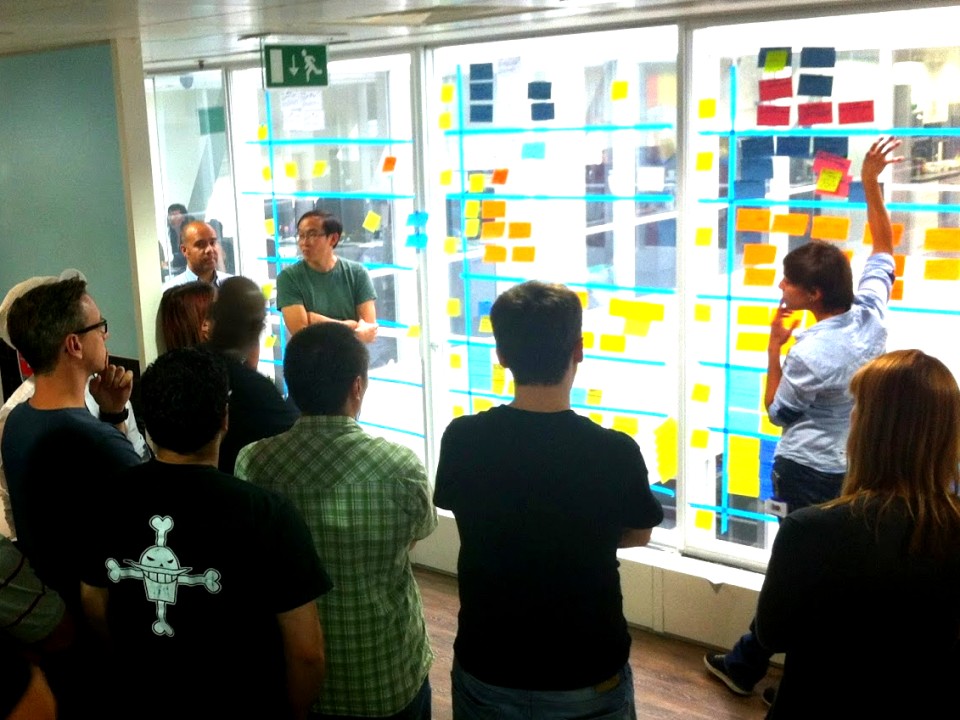|
Agility is often mentioned to be the accelerator for performance. And yes, when introduced in the right way, agile working methods can deliver solutions that are closer to what customers need within a shorter time frame. At the same time, I observe that these benefits are not so easily reached. One crucial component is how we are planning with agility.
Oh, are we still planning in agile? Yes, we do - and in a smarter way. Let me walk you through some steps which are essential for success. In my eyes and also outlined in this McKinsey article: Planning in an Agile Organisation. In a first step, we as a team want to get guidance, a direction where to head to. And with team here, I am referring to any size; this can be a regional leadership team, a functional department, a project team, a smaller operational team, etc. And this guidance is typically expressed in strategic priorities, or as I like to call it meaningful purpose statements or a collective dream. Important for these priorities is that we limit ourselves to five strategic priorities at a time - more will be distracting and the focus will be lost. These meaningful purpose statements are then translated into clear and specific goals for the different teams. And this translation is an effort conducted with the entire team. This allows that the insights from all team members are considered, facilitates the adoption of the goals, and significantly improves motivation and drive. The strategic priorities combined with the specific team goals act then as a clear foundation to make decisions on the team level. The team should be in control how they achieve their goals; this allows them to become independent and self-sufficient. For sure, they will still consider the larger ecosystem they are embedded in. This delegation of control further stimulates the drive and engagement of the team. Alignment is created with the direction. The second important element is transparency. This we will achieve with monthly and quarterly reviews which intend to allocate critical resources based on the achievements, priorities and the goals. As a leader in an agile environment, we are left to focus on two critical activities: guide the teams and develop a clear direction; facilitate experimentation and allocate the right resources. This results in a very different, self-organised path of planning which results in more velocity and value creation. How are you planning in your teams today?
0 Comments
Leave a Reply. |
Subscribe
Receive our monthly themed summaries of our thoughts: click! TimTim is a change practitioner in the area of innovation and excellence. He is working with teams to accelerate innovation, collaboration and agility. Categories
All
Archives
July 2024
|


 RSS Feed
RSS Feed